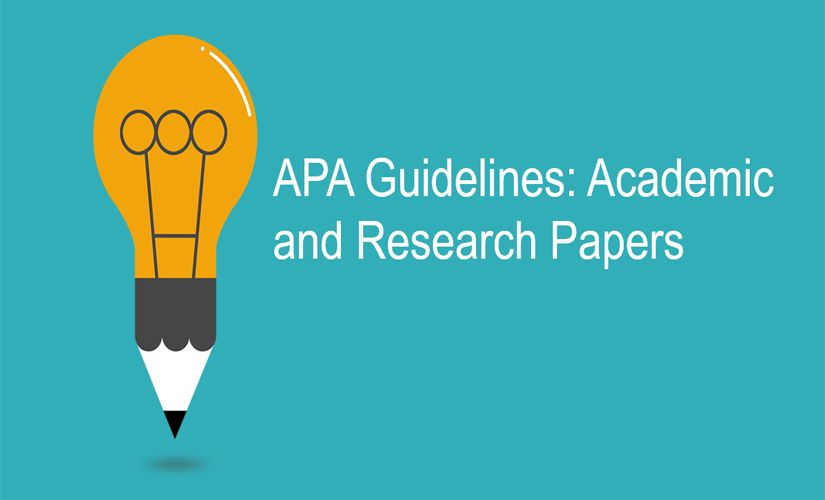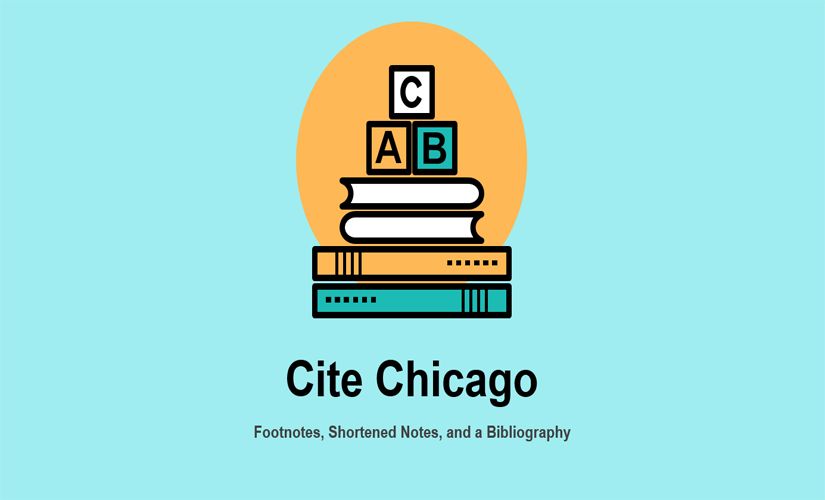Many scholars use the American Psychological Association (APA) referencing technique in formatting scientific manuscripts. Basically, the APA manual contains unique rules that maintain consistency in the presentation of scientific findings. In particular, APA guidelines describe a specific structure for a research paper: title page, abstract, introduction, literature review, methods, results, discussion, conclusion, and references.
Title Page
The APA guidelines contain the rules for creating a title page. For instance, the title page in the APA format contains the title of the research and other identification details, such as the author’s name, name of the instructor, course title, and date of submission. Basically, these details in the APA paper are centered horizontally in the top half of the page and maintain double spacing. In turn, the title page exists as a separate page.

Abstract
An abstract is the first major section of a research paper. Essentially, it is a concise summary of the main points in the APA style paper and does not exceed 150 words. In this case, the APA guidelines for the content of the abstract highlight the fundamental theories, methodological approach, findings, results, and recommendations. Mostly, the instructor defines the length of the abstract. However, everyone must place an abstract on a separate page, following the APA style.
APA Guidelines on Introduction
The introduction in the APA guidelines presents the audience with the necessary information regarding the study. For example, an introduction mentions and discusses various concepts that establish the start point of the study. It includes the research problem, relevant previous studies, and the purpose of the research. In turn, the length of an introduction may vary depending on the complexity of the study. However, it usually is not labeled.
Literature Review and Methods
Immediately after the introduction, people write the “Literature Review” and “Methods” sections, following the APA guidelines and citing in APA format. In these parts, the researcher describes relevant literature and provides a detailed explanation of the experimental procedures. It includes a description of the materials, participants, and sampling criteria. Also, the researcher should strive to discuss the research procedure in a well-organized manner. It is important to ensure that the study’s outcome can be reproduced. However, the content of the “Methods” section may vary because of the unique nature of the study. In turn, it should always be exhaustive.
APA Guidelines for Results, Discussion, and Conclusion
The “Results,” “Discussion,” and “Conclusion” sections follow the Literature Review and Methods segments by considering the APA guidelines. Firstly, the “Result” section is a comprehensive presentation of the outcome of the analytical procedures. Basically, the researcher should provide adequate detail to allow the audience to develop their judgment concerning the meaning of the findings. Then, the “Discussion” part is the researcher’s interpretation of the results and possible implications. In this case, the interpretation of the findings is the result of the contextual information extracted from previous relevant studies. If the discussion is brief, the researcher may combine these two sections under the heading, “Results and Discussion.” Finally, in the conclusion paragraph, the writer sums up all the findings.
References
People organize the “References” segment at the end of the research paper. Basically, the APA reference page consists of complete bibliographical information of all sources used within the research paper. In this case, the APA guidelines have defined distinct citation formats for most types of sources. These studies should be implemented in creating a reference list. Also, the APA format reference page section must start on a new page.
Conclusion on APA Guidelines
In conclusion, the title page, abstract, introduction, body sections, conclusion, and references are the main elements of a research paper highlighted in the APA guidelines. However, researchers should not ignore basic rules of the APA formatting, for example, one-inch margins, formatting of subsection headings, and pagination headers. In turn, preparing a research manuscript is a relatively complex process.


